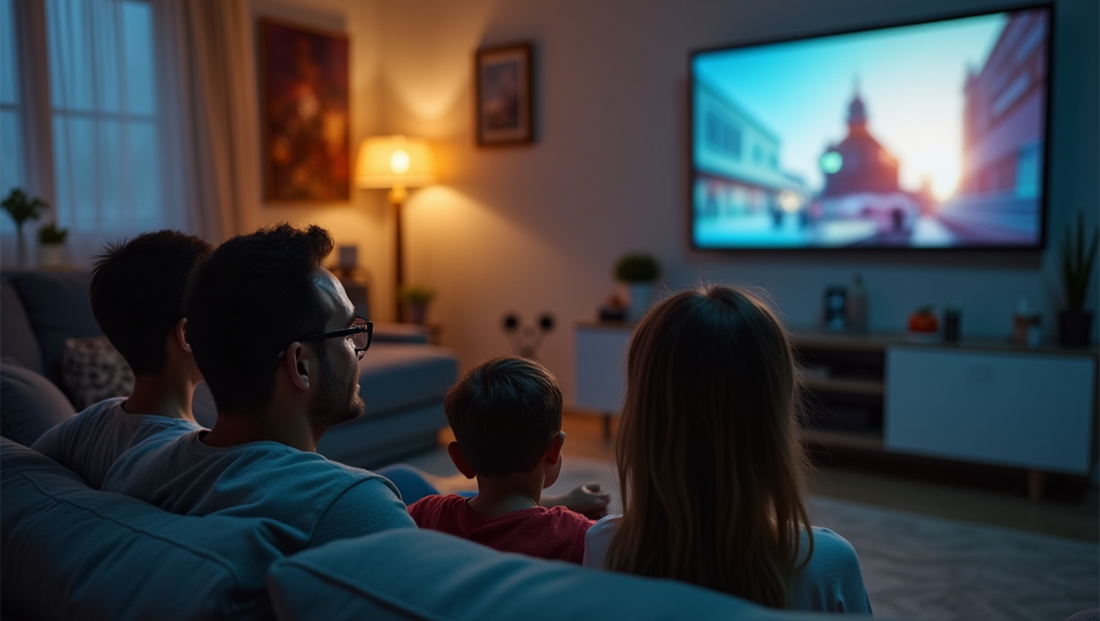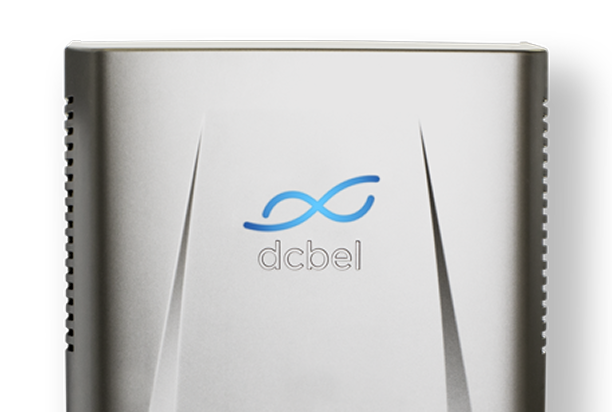Your home is more than a place to live. It’s the central piece to a network that can produce, store, and manage its own energy.
Thinking of your home in this way opens the door to true energy independence without you compromising on comfort or convenience.
By following five key steps, you can turn your home into the heart of your own private grid to achieve a lifestyle where energy will never be a worry again.
1. Go all-electric to start building a private grid
Switching to electric appliances is one of the smartest choices you can make for your home and your daily life.
Electric appliances give you more control over your monthly expenses and your impact on the environment. Unlike gas appliances, which are tied to unpredictable and often volatile fuel prices, electric options let you sidestep market swings and keep your costs steady. For example, induction cooktops heat faster and use less energy than gas, while modern heat pumps have now outsold gas furnaces for the third year in a row because of their efficiency and cost advantages.
And here’s the real advantage: electricity is the foundation of a private grid.
A private grid connects energy resources like solar panels, home batteries, electric vehicles, and the utility grid to form a unified network. This setup lets you produce, store, and use energy in the most efficient and cost-effective way. Imagine how your bills would go down if you could set a price cap for grid electricity, store solar or off‑peak energy to use during expensive hours, reserve extra energy to protect from outages, and automate EV charging and home conditioning so comfort and cost stay under your control.
The catch is, if it isn’t electric, it can’t be part of your private grid’s intelligence. The more electric resources you have, the stronger and more united your home grid becomes in the face of uncertainty. With electric appliances, you can decide where your energy comes from and how it’s used, whether you want to minimize costs or your environmental impact. The best part is, you can generate that energy entirely yourself from solar and storage.
If it isn’t electric, it can’t be part of your private grid’s intelligence.
It’s important to keep in mind that the shift to a private grid is not about cutting ties with your utility. It’s about leveraging the energy sources you own to rethink how you interact with energy, so that you minimize the effect of external factors out of your control while tailoring your energy usage to your specific needs.
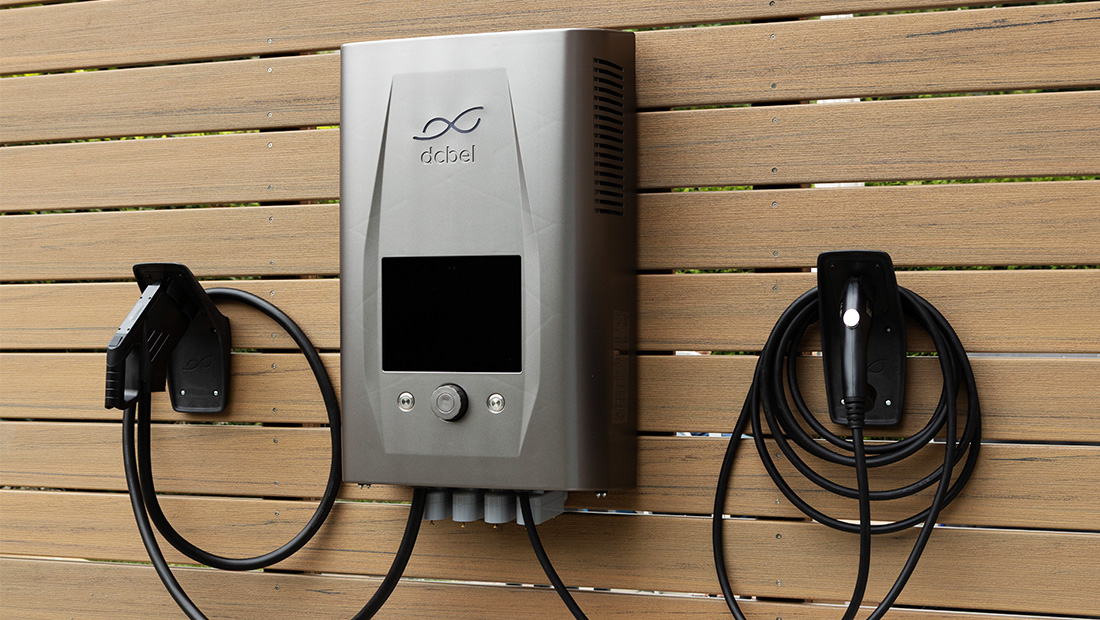
2. Future-proof your EV’s charger
Talking about electric assets outside the home: EVs use energy far more efficiently than gas cars. According to the International Energy Agency’s Global EV Outlook 2025, EVs are about three times more efficient than internal combustion vehicles, which helps explain why global EV sales are expected to reach 20 million this year.
If you’re considering buying one, or if you already have, you might be wondering how to maximize its energy savings value. Many homeowners consider using their EV for blackout power, and that makes sense. But to realize the true potential of your EV, you have to make the charging point future-proof.
In a true private grid, blackout protection is just the beginning. Most EV owners are unable to interact with both their home and the grid at the same time. You can either use your EV’s battery to power your home during blackouts or save money by avoiding peak utility rates (V2H), or you can export energy back to the grid (V2G) to earn money.
Most EV owners are unable to interact with both their home and the grid at the same time.
Future-proofing your EV’s charger is about ensuring it can communicate with both your home and the grid at the same time. The Ara allows you to do exactly that.
More importantly, the Ara tracks utility rates and program events to decide when to switch between powering your home and selling energy.
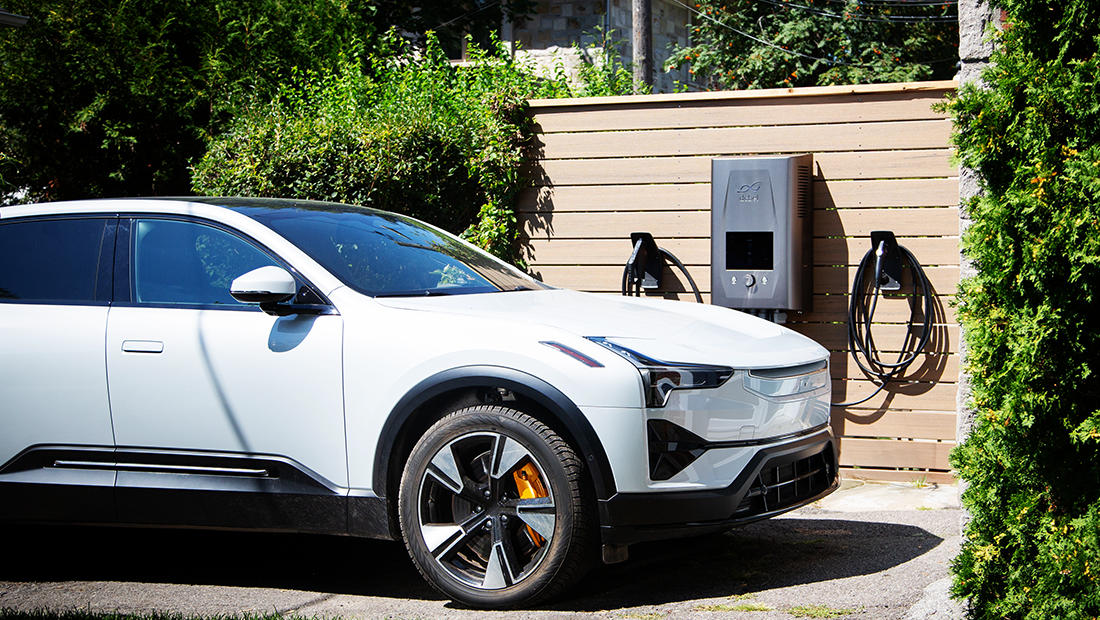
3. Produce your own power with solar
In 2025, solar remains the top choice for new residential power generation, with more homeowners choosing to generate their own energy at home.
It’s not surprising. People quickly fall in love with the ability to produce their own electricity and use it guilt-free, knowing they’re reducing both carbon footprint and utility bills.
If you’re sold on solar panels, you’ll want to maximize the amount of electricity you generate from them so you can do what you want without worrying about costs. Unfortunately, traditional solar systems do not deliver on that score, with most losing up to 30% of your solar power through inefficiencies just in the process of converting and storing it.
The Ara fixes this by working alongside dcbel’s patented all-in-one solar solution, dB Sol.
Traditional solar systems lose up to 30% of your solar power through inefficiencies just in the process of converting and storing it.
dB Sol connects to Ara to bring solar power from your roof to your home with less hardware and more control. You get best in class efficiency, converting up to 98.5% of captured sunlight into electricity. It monitors and adjusts your panels in real time to keep everything running smoothly. You don’t have to worry about maintenance or troubleshooting, because it is handled for you. And don’t forget that Ara acts as the inverter. This means fewer boxes on your wall and a cleaner, simpler installation.
All-in-all, this means you save on energy bills without constant oversight, keep your home powered effortlessly all day, and stay prepared for outages and road trips without worry.
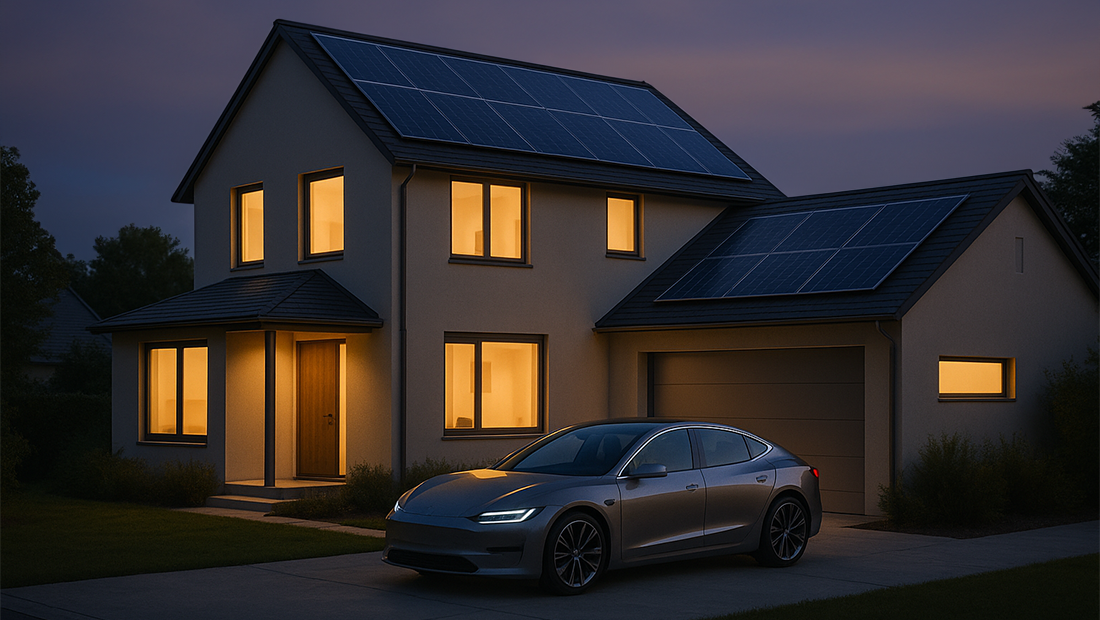
4. Store surplus energy
A home battery lets you store excess energy (think abundant midday solar or low-cost grid power bought during the wee hours) to use when utility prices spike, so you can flatten bills even more.
The Ara gets the best out of your battery by calculating the optimal times to charge and discharge it, so you get the most savings without having to oversee anything yourself.
Because Ara uses a DC-first design, DC ⇆ AC conversions are reduced by 25% when you want to charge your EV or power other home appliances using your battery, saving you more of the energy you produced.
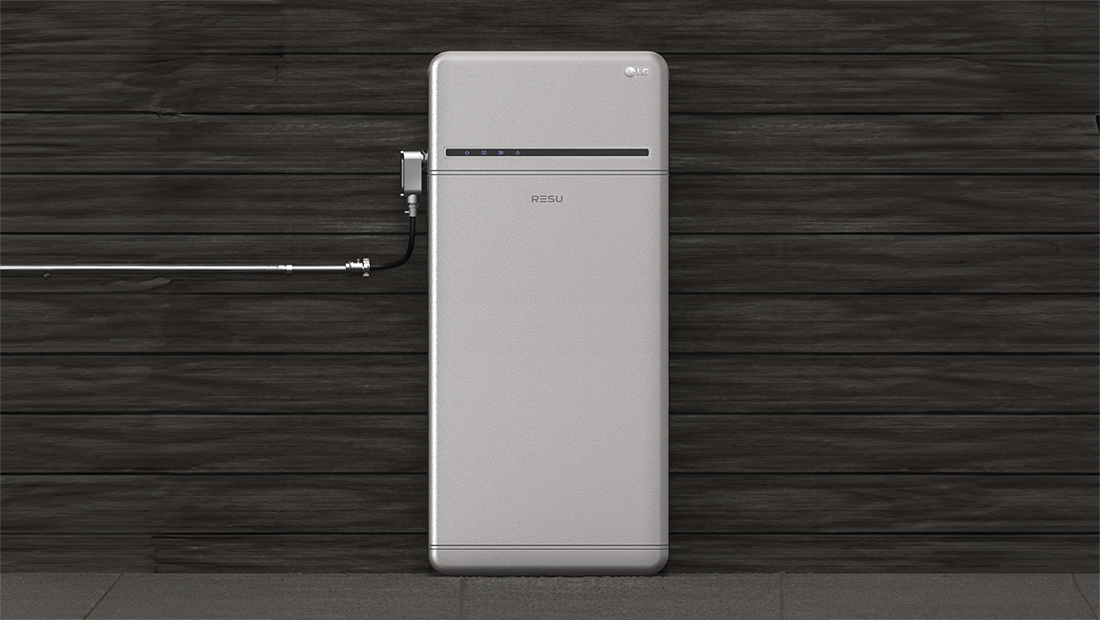
5. Save more than ever with your private grid
A common barrier to increasing your energy savings is paying high prices to utilities during peak times. There seems to be no fix for this as most people depend solely on the grid for all their electricity.
Only if you had a private grid, your home could use its own solar, battery, and even your EV to rely less on the grid and more on your own clean energy.
Ara makes this simple by automatically switching your home to stored or self-generated energy whenever it benefits you most. During peak pricing, this can avoid rates up to 3 times higher than off-peak, saving hundreds annually under time-of-use programs.
But a private grid is more than just a workaround for peak pricing. Think of it like a stock exchange where the tickers are your solar, battery, EV, and the utility connection. Prices and conditions move every minute. You want to buy when energy is cheap, sell or discharge when it is valuable, and keep comfort steady. Running that floor by hand in real time is nearly impossible.
Think of the private grid like a stock exchange where the tickers are your solar, battery, EV, and the utility connection.
That is why we built the Ara Home Energy Station. Ara uses Orchestrate as your trading engine. It builds a live order book from price, weather, and demand forecasts, then executes your plan. It buys by charging when rates dip, sells by exporting or discharging when prices rise, enrolls in programs that buy your energy, and keeps reserves for backup. You set the rules and priorities. Ara runs the market on your behalf.
You get the assurance that your home runs to the high standard you expect, with energy decisions made in real time, comfort maintained without waste, and backup resources always ready. Because when the grill’s sizzling, the doorbell rings, and your friends are at the door, the last thing you think about is micromanaging power.
